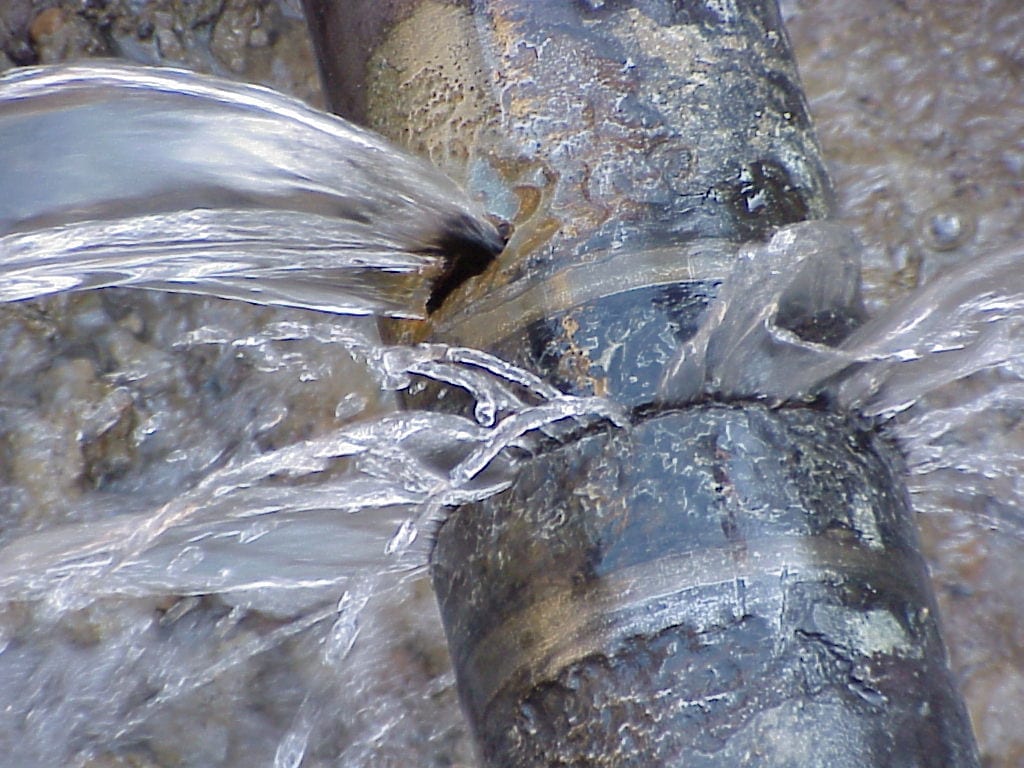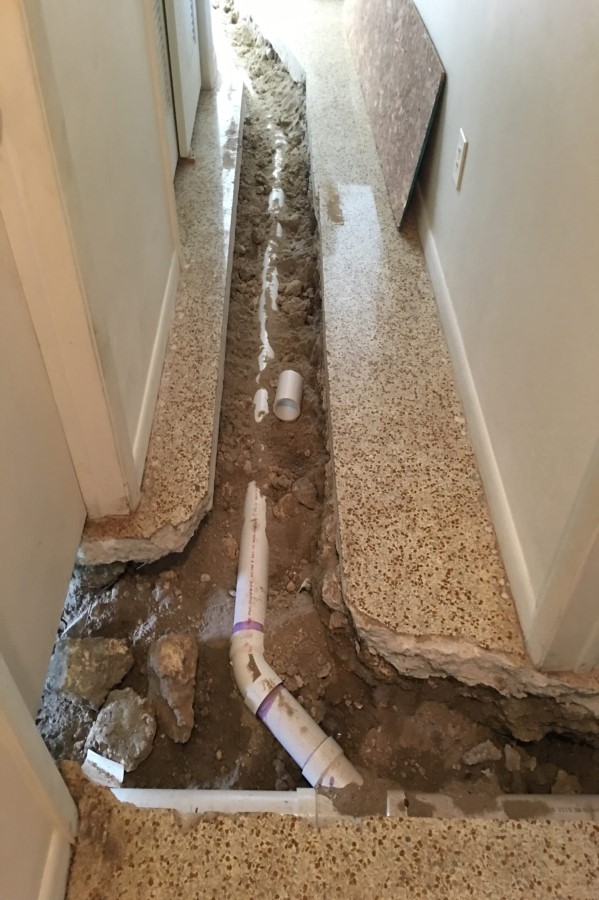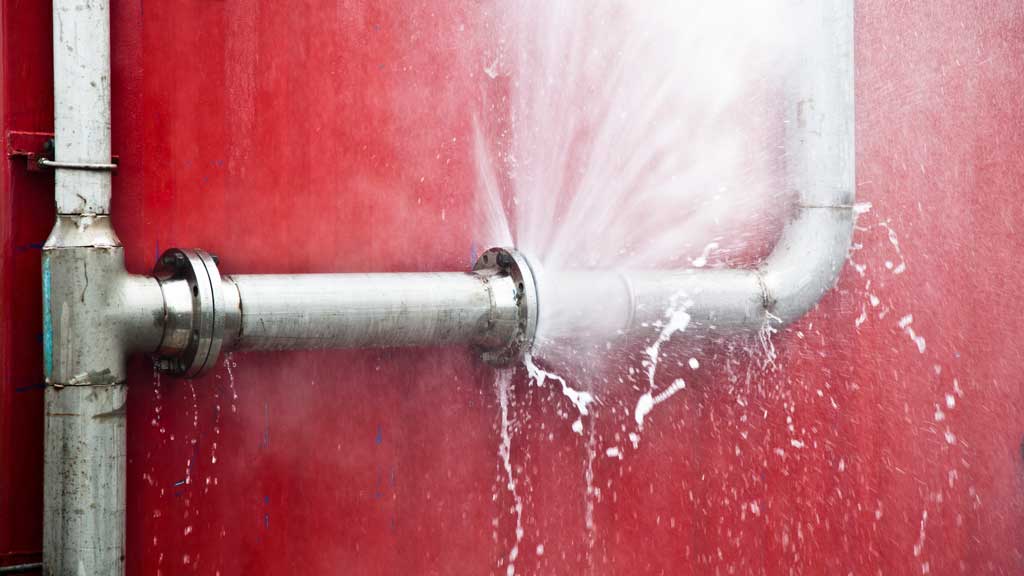Understanding the Causes of a Burst Pipe and How to Prevent It
Preventing Burst Pipes: Crucial Tips to Protect Your Pipes
Avoiding burst pipelines is an important issue for home owners, particularly during cooler months when the danger of cold is increased. Implementing tactical measures such as correct insulation, routine inspections, and keeping regular interior temperature levels can dramatically reduce the chance of pipeline failure. In addition, recognizing emergency treatments gears up homeowners to react quickly to prospective plumbing concerns. Numerous are unaware of the certain vulnerabilities that their pipes may face. Checking out these susceptabilities can provide indispensable insights into protecting your pipes system successfully.
Understand Pipeline Vulnerabilities
Recognizing pipeline vulnerabilities is necessary for reliable plumbing maintenance and protecting against costly damages. A number of factors add to the vulnerability of pipelines to ruptureds, consisting of product make-up, age, and environmental problems. Older pipelines, especially those made from galvanized steel or polybutylene, often weaken with time, causing increased risk of leaks and tears.
Temperature changes can also substantially impact pipe stability. In cooler environments, water trapped in pipelines can freeze, broadening and exerting pressure on the pipe wall surfaces, which might inevitably bring about a burst. High water pressure can strain pipelines, particularly at joints and bends, increasing the chance of failure.

Insulate Piping Appropriately
Appropriate insulation of pipelines is crucial for avoiding cold and succeeding bursts throughout winter (burst pipe). Shielding your pipes system efficiently safeguards against temperature level drops that can bring about expensive damages. Begin by recognizing prone areas where pipelines are subjected to outdoor temperatures, such as basements, attic rooms, and outside walls
Usage foam pipeline insulation sleeves or wrap insulation tape around these areas to offer a protective barrier. Make sure that all areas of the pipes, particularly those with minimal warm exposure, get appropriate insulation. Pay special interest to joints and fittings, as these are more susceptible to freezing.
When shielding, it's vital to select materials that satisfy local structure codes and are appropriate for the certain setting. For example, fiberglass insulation is usually advised for its thermal resistance buildings - burst pipe. Additionally, think about making use of warmth wires or tape in severe problems, which can be connected in to offer additional warmth
Consistently examine shielded pipes for any type of indicators of wear or damages, as endangered insulation can decrease its efficiency. By taking these aggressive actions, you considerably decrease the risk of pipeline bursts, making certain a trusted pipes system throughout the wintertime months.
Maintain Consistent Temperature Level
A stable indoor temperature level is crucial for protecting against burst pipes throughout the cold months. When temperature levels decrease, water within pipelines can freeze, expanding and creating pressure that may ultimately create the pipelines to burst.Utilizing a programmable thermostat can help manage interior temperatures effectively, making certain that areas with pipes stay warm also when the house is vacant.
This small flow of water can avoid cold by easing pressure within the pipelines. By implementing these strategies, property owners can substantially decrease the danger of pipeline bursts and safeguard their plumbing systems versus the extreme winter season aspects.
Consistently Check Plumbing
Normal assessments of pipes systems are critical for stopping ruptured pipelines and preserving total home integrity. Routine checks permit homeowners to identify prospective issues prior to they escalate into pricey repair work or major water damage. Throughout these inspections, it is vital to analyze noticeable pipes for indications of corrosion, leakages, or use. Pay special focus to locations susceptible to cold, such as basements, attics, and outside wall surfaces.
Additionally, checking joints and links is vital, as these factors are typically at risk to leakages. House owners should additionally assess water pressure levels, as extreme pressure can strain the pipes system and boost the risk of pipe bursts.
Take into consideration scheduling professional pipes assessments at least once a that site year, especially prior to winter, to ensure your system is prepared for chillier temperatures. By being proactive in your strategy, you can guard your home against the expensive and turbulent effects of burst pipes.
Know Emergency Treatments
Comprehending emergency treatments is vital for every home owner, specifically after conducting routine pipes examinations. Being prepared for a pipes emergency can substantially mitigate damage and conserve prices.
Next, maintain crucial tools useful. A pipes emergency set must include a wrench, bettor, and towels, along with a flashlight and a bucket for little leakages. Furthermore, think about having the contact information for a trusted plumbing conveniently offered, needs to the situation rise past your control.
If you Get More Info find a leak or ruptured pipe, promptly turn off the supply of water and alert your plumbing technician. In addition, document the damages with photos for insurance coverage objectives. burst pipe. Understand the indicators of possible plumbing problems, such as unusual water pressure fluctuations or damp places on wall surfaces
Ultimately, positive expertise and quick activity are important in handling plumbing emergency situations, guaranteeing your home remains secured and lessening potential damage.

Conclusion
In final thought, avoiding burst pipelines necessitates a multifaceted approach that includes understanding pipeline vulnerabilities, appropriate insulation, maintaining consistent indoor temperatures, routine examinations, and knowledge of emergency situation treatments. By carrying out these necessary techniques, the danger of plumbing failures can be significantly minimized, therefore ensuring the longevity and effectiveness of the pipes system. Aggressive procedures not just secure against potential damages but also add to overall water conservation and the defense of building.
In cooler climates, water entraped in pipelines can freeze, exerting and increasing pressure on the pipe walls, which might eventually lead to a burst. When temperatures decline, water within pipelines can ice up, broadening and developing stress that may ultimately cause the pipelines to burst. By executing these approaches, property owners can considerably reduce the danger of pipeline ruptureds and safeguard their plumbing systems against the rough winter months elements.
